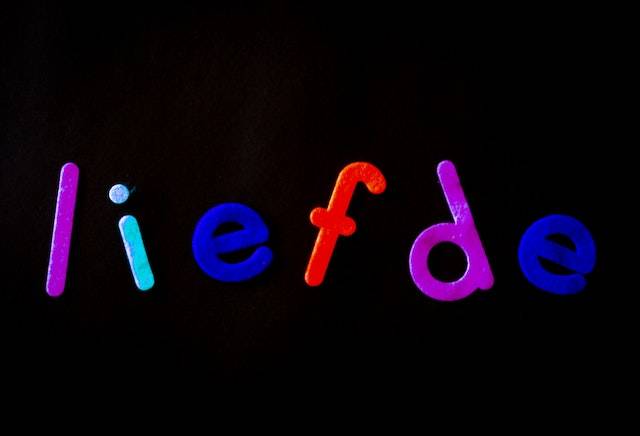Last Updated on January 13, 2023 by Team Experts
There is a very broad typographic classification since it can be approached from different perspectives. We can divide the immense typographic universe from:
- A historical classification, that is, by the time they were designed. So we would have, for example, the humanistic or Venetian families, the ancient or Roman, the Egyptian or mechanical, the modern types, etc.
- A classification that depends on its use: monospaced, tight, white …
- And a classification by shape, which will be what we are going to describe in these lines.
Generically, font families can be classified by their shape from the Serif / Sans Serif binomial.
The fonts with serifs or serifs are those that have serifs or small lines in the terminations of the characters, mainly in the diagonal and vertical strokes. The inclusion of serifs in the letters has a clear meaning: they facilitate reading since they create in the eye the illusion of the horizontal line, by which we move our eyes when reading. They are usually used in long texts, such as those in paper newspapers, magazines, books, etc.
Sans Serif or sans serif fonts, also known as linear or sans serif typefaces, are those that do not have these serifs on their ends. They are used, as a general rule, in signs, advertisements, and in publications with short texts, such as triptychs or flyers, for example. They are also used in electronic media because serif typefaces often make it difficult to read online.
In addition to these two types, for the creation of publications that go to print, Script fonts can also be used, that is, with the appearance of what is done by hand; Graphic or Display and, that is, decorative or fantasy fonts and type foundry, created for a specific purpose; o Monospace, that is, those fonts whose characters each occupy the same space.
The best fonts to print
Despite this direct title, the truth is that there is no better typeface to print than another because everything will depend on the type of project you do with Print Factory. In fact, in most cases, a good combination of fonts and backgrounds is the key. Your choice will depend on the project you are in, and you will have to decide which typeface best suits you.
However, here is a list of clean, simple, and easy to read fonts, three characteristics that make them ideal for print jobs that will be digested by the gaze of a wide audience.
Century Gothic: sans serif font designed in the early 90s, easy to read, and one of the most recommended for printing multi-page projects, for example. It is also an ideal typeface for posters, as it is highly readable from afar.
Helvetica: Although hated by many designers for its omnipresence (the same goes for its “sister”, Arial), it is one of the easiest fonts to recognize and read, one of the best options for brochures or flyers.
Verdana: Designed in the mid-90s to be read on-screen, its flexibility has made it a pretty good typeface to print.
Read more: Free Printable Business Letterhead Templates

